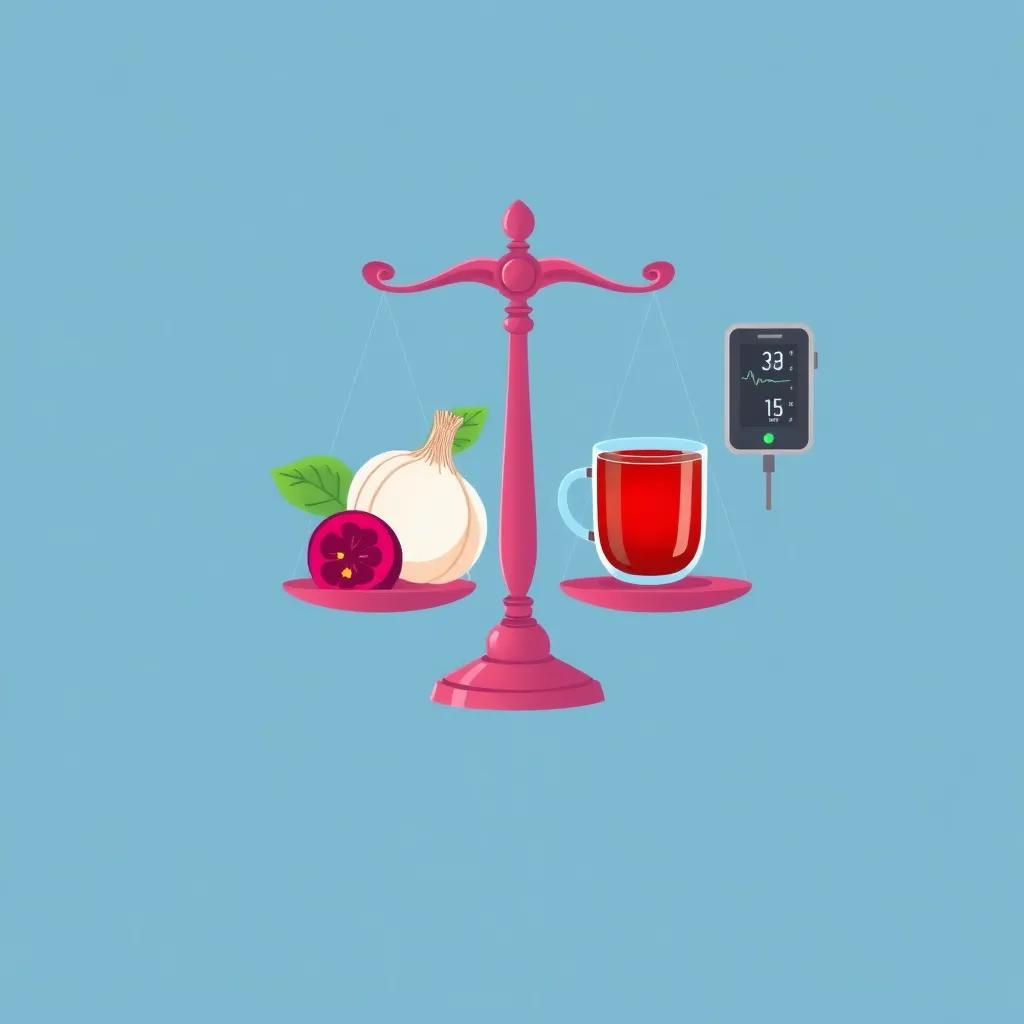Explore scientifically-backed natural remedies for hypertension, including dietary changes, herbs like garlic and hibiscus, and lifestyle modifications to manage blood pressure effectively.
Discover how dietary and lifestyle changes can help manage high blood pressure naturally, supported by recent research and expert opinions.
Introduction to natural remedies for high blood pressure
High blood pressure, or hypertension, affects nearly half of American adults, according to the Centers for Disease Control and Prevention (CDC). While medications are often prescribed, many individuals seek natural remedies to complement their treatment. This article explores evidence-based approaches, including dietary changes, herbs, and lifestyle modifications, to help manage hypertension effectively.
Dietary changes to lower blood pressure
Research consistently shows that diet plays a crucial role in blood pressure management. The DASH (Dietary Approaches to Stop Hypertension) diet, developed by the National Heart, Lung, and Blood Institute, emphasizes fruits, vegetables, whole grains, and low-fat dairy while reducing sodium intake.
Adopting the DASH diet can lower systolic blood pressure by 8-14 points, comparable to some medications,
says Dr. Lawrence Appel of Johns Hopkins University, lead author of the original DASH study.
Key foods for blood pressure control
Garlic: A 2020 meta-analysis in Experimental and Therapeutic Medicine found that garlic supplementation reduced systolic blood pressure by an average of 8-10 mmHg in hypertensive patients.
Beetroot: Rich in nitrates that convert to nitric oxide, beetroot juice has been shown in multiple studies to lower blood pressure. A 2018 study in Hypertension reported a 7.7 mmHg reduction in systolic pressure after daily beetroot juice consumption.
Hibiscus tea: Research published in the Journal of Nutrition demonstrated that drinking three cups of hibiscus tea daily lowered systolic blood pressure by 7 mmHg in prehypertensive adults.
Reducing sodium and increasing potassium
The American Heart Association recommends no more than 2,300 mg of sodium daily, with an ideal limit of 1,500 mg for most adults. Practical tips include reading food labels, choosing fresh over processed foods, and using herbs instead of salt for seasoning.
Increasing potassium intake helps balance sodium’s effects. Excellent sources include bananas, sweet potatoes, spinach, and avocados. For every 1,000 mg increase in daily potassium intake, we see about a 1 mmHg decrease in systolic blood pressure,
notes Dr. Paul Whelton of Tulane University.
Lifestyle modifications
Regular physical activity, stress management techniques like meditation, and maintaining a healthy weight are crucial for blood pressure control. The American College of Cardiology recommends at least 150 minutes of moderate exercise weekly.
Alcohol moderation is equally important. Limiting alcohol to one drink per day for women and two for men can significantly impact blood pressure levels,
advises Dr. Willie Lawrence of the American Heart Association.
Conclusion
While natural remedies can be effective, they shouldn’t replace prescribed medications without medical supervision. Combining these evidence-based approaches with professional guidance offers the best strategy for managing hypertension naturally.




